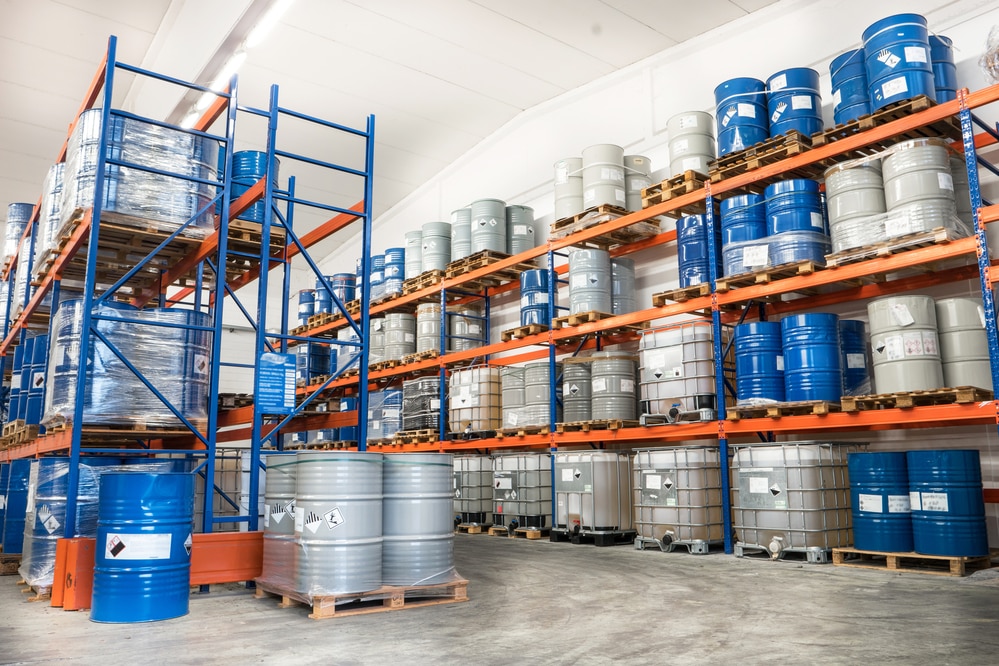A hazardous chemical inventory list, or chemical inventory, is simple: a list of all potentially harmful products in use at an industrial facility. These products can range from everyday chemicals like pesticides and cleaners to industrial fuels and solvents. Chemical inventories are required by a number of regulatory bodies, including state and local agencies and OSHA’s Hazard Communication Standard. OSHA inspectors check these inventories to ensure that potentially hazardous chemicals are being managed appropriately. Additionally, if a facility experiences a fire or other emergency, emergency responders will use the inventory to identify any volatile chemicals onsite.
Why Are Chemical Inventories Necessary?
Why Are Chemical Inventories Necessary?
Chemical inventories are an important part of maintaining a safe workplace. A chemical inventory allows facility managers to keep an eye on any potentially toxic or harmful substances, helping to educate staff and prevent accidents and injuries. In some cases, a chemical inventory can be used to identify safer alternatives to certain chemicals.
Chemical inventories can also help reduce overhead costs, as facility managers can check the inventory to make more informed purchasing decisions – much like a grocery shopper might check their pantry before embarking on a weekly shopping trip.
Chemical inventories can help minimize waste. As many volatile chemicals are perishable, a chemical inventory allows facility managers to use items in the inventory before they expire. Not only do expired chemicals pose a safety threat, but disposing of expired chemicals can be costly, especially for small businesses. With an up-to-date chemical inventory, all necessary chemicals can be utilized before they expire, saving money and reducing waste.
Creating Your Chemical Inventory
The first step in creating a chemical inventory should be to organize a Safety Data Sheets (SDS) book. Ideally, your SDSs should be stored in digital spreadsheet for easy updating. Each product listing should include the manufacturer name, the product name, and the expiration date. The inventory should then be updated regularly for ongoing accuracy.
_____
Proper inventory management helps maintain a safe, cost-effective workplace, protecting staff and ensuring economical business practices. Chemical inventories can also be used by emergency responders, who may need to consult the list before entering a compromised facility in case of fire or another emergency.
Need more information on the importance of chemical inventories? Reach out to our experts for assistance with regulatory compliance and environmental management systems including assistance with building and maintaining your SDS library. EWI’s web-based compliance software package, Virtual Task Manager or VTM helps you manage environmental compliance tasks associated with a variety of environmental, facility maintenance, and health and safety deliverables.
When you’re ready, request a quote.




